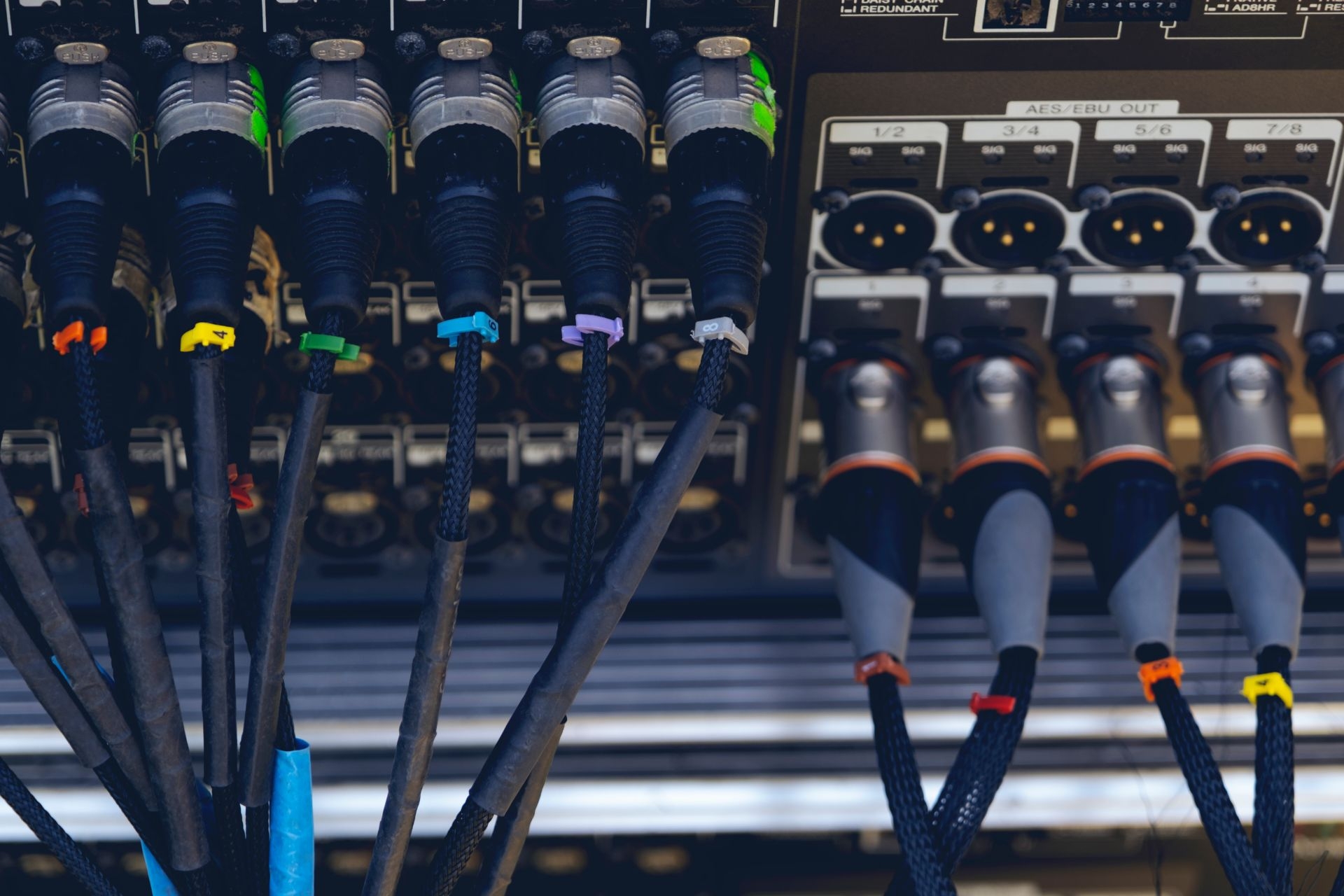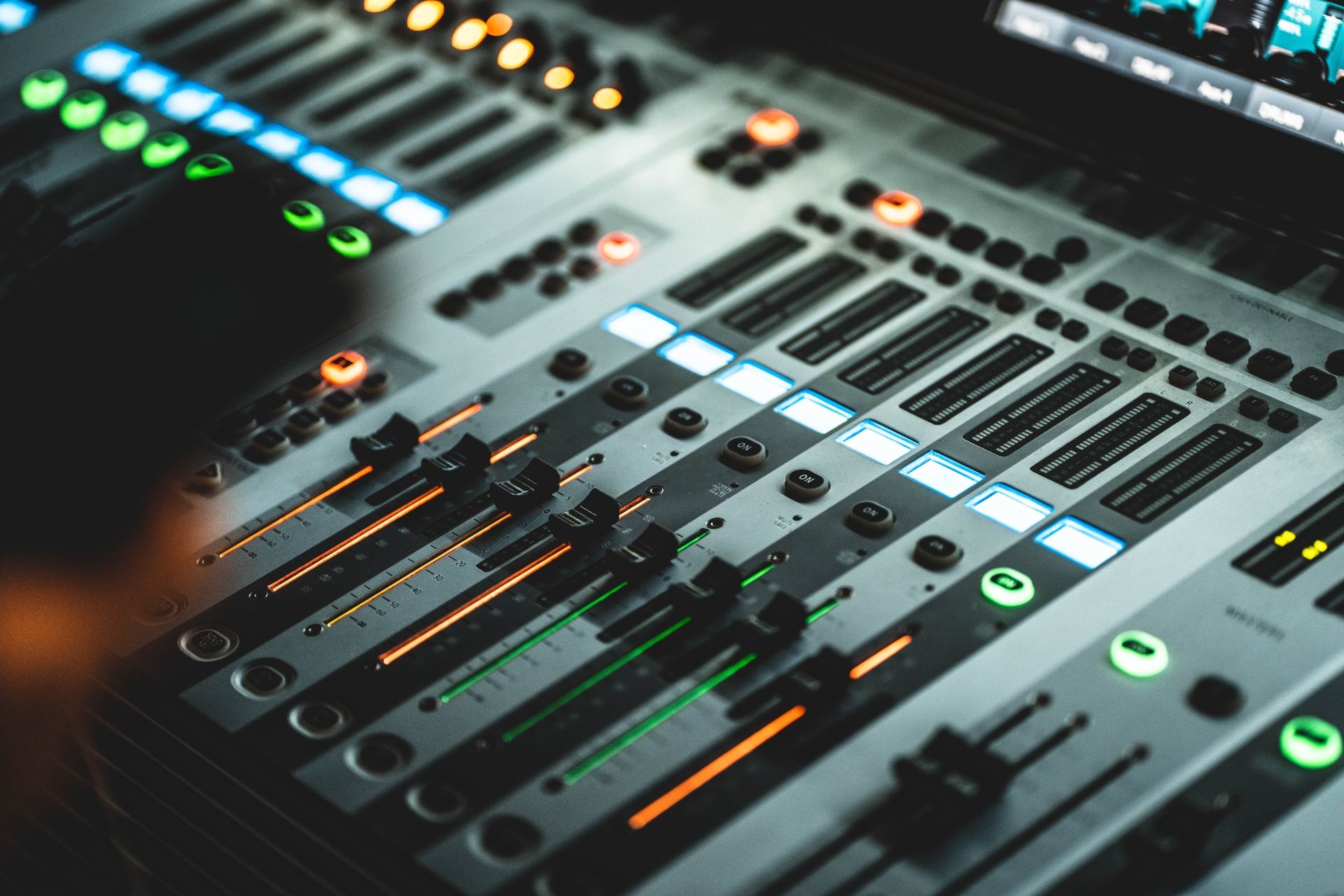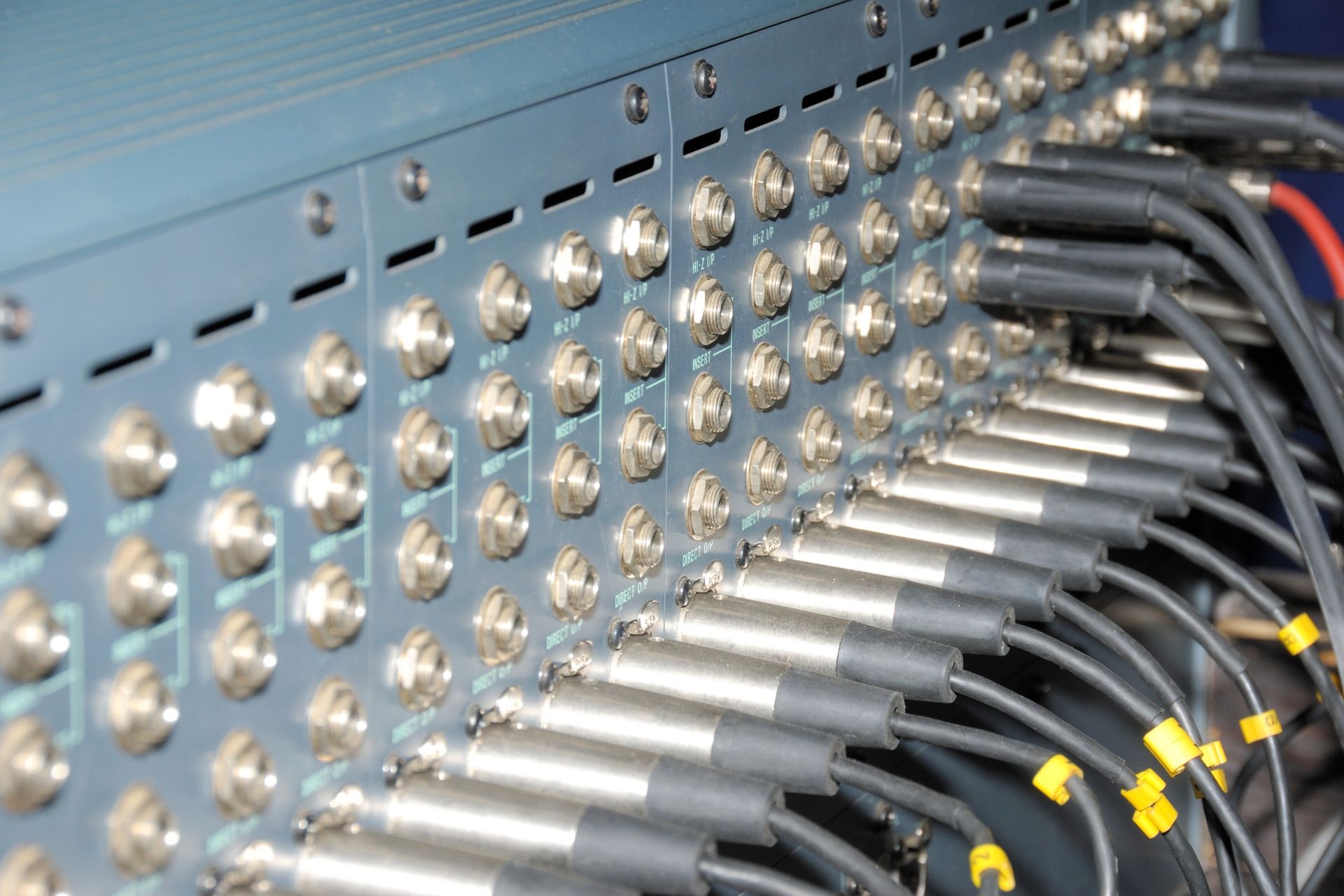Balanced Audio Cables
How do balanced audio cables differ from unbalanced cables in terms of signal transmission?
Balanced audio cables differ from unbalanced cables in terms of signal transmission by utilizing two conductors to carry the audio signal, along with a third conductor for the ground. This design helps to reduce noise and interference by sending an inverted copy of the audio signal through one conductor and the original signal through the other, allowing the receiving end to cancel out any noise picked up along the way.



